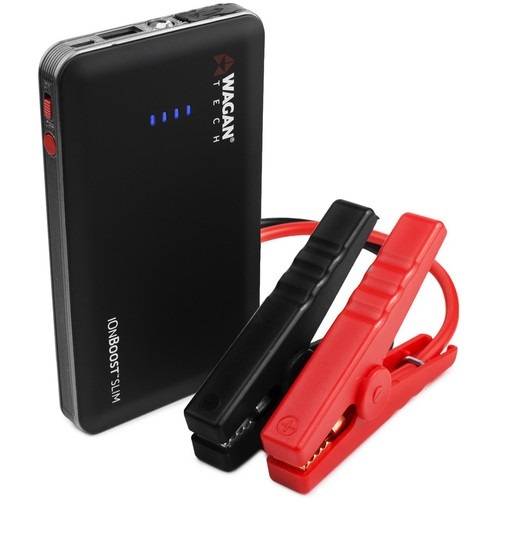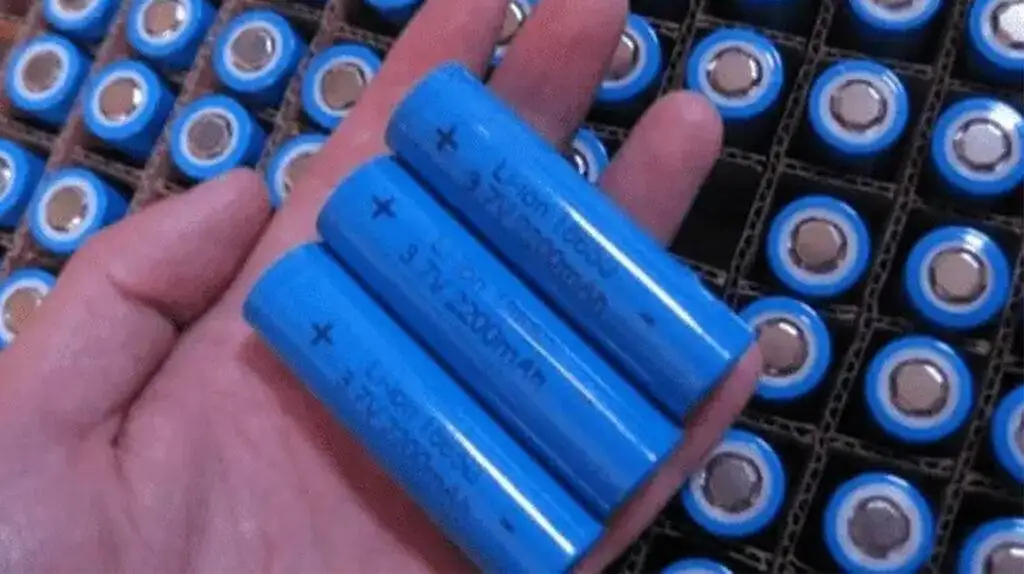Battery charging consists of three stages: bulk charge, absorption charge, and float charge. During the bulk charge stage, the battery receives a constant voltage at the maximum rated current. Next, the absorption charge stage begins, where the voltage gradually decreases as internal resistance increases. Finally, the float charge stage occurs when the battery reaches full charge, and the charging voltage is reduced. This stage, also known as a maintenance or trickle charge, helps prevent the battery from discharging.

#post_seo_title
Solar charge controllers can also perform this function by sensing voltage drops in the battery and sending short pulses to prevent charge loss. Although AGM Deep Cycle Batteries self-discharge at a lower rate than standard lead-acid batteries, they still require ongoing maintenance or monthly top-ups to avoid damage.
Understanding How Battery Chargers Work
A deep cycle battery charger has three main functions: delivering a charge to the battery, optimizing the charging rate, and stopping when the battery is fully charged. Smart chargers are compatible with most battery types and use the battery’s voltage to detect the type of battery and the required charge.
Look for a smart charger that includes reverse pulse technology, as this can help reduce battery temperature during charging. If you are not using a smart charger, the charging current should be at least 10% of the amp hour rating for flooded lead-acid batteries or up to 30% for AGM lead-acid batteries. It’s essential to choose the right charger for your battery type to ensure optimal charging.
Battery Charging Time
Charging time refers to the duration required for the battery’s active chemicals to be fully restored while maintaining a safe cell temperature. Charging should stop when the termination voltage, which indicates full charge, is reached to avoid overcharging.
The charging time for deep cycle batteries depends on their amp-hour rating. To estimate the time needed to reach full charge, divide the battery’s amp-hour rating by the charger’s amp rating. For example, a 100 amp-hour battery at a 50% stage of charge (50 amp hours) would take approximately five hours to charge using a ten amp battery charger.
Overcharging can cause grid corrosion and significantly reduce battery life. Excessive heat generated during overcharging can also cause the plates within the cells to buckle and shed their active material. To prevent overcharging, it’s advisable to use a smart charger that automatically switches off when the battery is fully charged.
Charging Your Battery with Solar Panels
Investing in solar panels allows you to charge your deep cycle battery using free energy from the sun, even when you’re away from mains power. After placing the panels in the sun, they need to be connected to a solar regulator, also known as a charge controller. The charge controller regulates the fluctuating power produced by 12-volt solar panels, preventing voltage spikes that could damage the battery. Additionally, most solar regulators switch to float charge mode when the battery reaches full capacity, eliminating the risk of overcharging.
While charging from solar panels is weather-dependent and may involve an initial setup cost, it provides an inexhaustible and environmentally friendly energy source for your batteries. The latest MPPT (Maximum Power Point Tracking) solar regulators offer up to 97% efficiency, making them a great choice when space is limited and a larger panel is not feasible.
If your solar controller/regulator offers battery type settings, ensure they are correctly configured. For example, gel batteries require a lower charging voltage, while calcium batteries can benefit from a higher equalization charge periodically (up to 16 volts).
Charging Your Battery from a Vehicle Alternator
Car or van alternators generally work well with lead-acid and AGM batteries. However, it’s important to note that alternators alone cannot fully charge a deep cycle battery. It’s best to use a battery charger when mains power is available to top up the battery charge and prevent reduced battery life due to sulphation.
Keep in mind that alternator output voltages may be reduced due to cable/wiring runs and dual battery systems. Therefore, it’s crucial to measure the actual voltage received at the battery terminals to ensure it is sufficient for a full charge. Additionally, gel batteries installed close to the alternator may be at risk of damage due to overcharging, as the alternator output can be too high for the battery.
Charging Your Battery from a Generator
Many portable generators do not have built-in battery charging circuitry, so caution must be exercised when using them to charge a battery. Although it’s possible to plug a battery charger into the generator’s 240V socket, it is an inefficient method unless necessary. However, newer models (such as those from Honda) with built-in chargers can provide a relatively quick and efficient battery top-up, particularly when used off-site. It’s worth noting that the noise generated by generators may drive users to switch to solar power over time.
Top 10 Questions and Answers:
1. How does battery charging work?
Battery charging occurs in three stages: bulk charge, absorption charge, and float charge.
2. What is the purpose of a smart charger?
A smart charger delivers the appropriate charge to the battery, optimizes the charging rate, and stops when the battery is fully charged.
3. How long does it take to charge a deep cycle battery?
Charging time depends on the battery’s amp-hour rating and the charger’s amp rating. It can be estimated by dividing the battery’s amp-hour rating by the charger’s amp rating.
4. What are the risks of overcharging a battery?
Overcharging can cause grid corrosion, reduce battery life, and lead to the buckling and shedding of active material within the battery’s cells.
5. How can I charge my battery using solar panels?
Solar panels can charge deep cycle batteries by harnessing the sun’s energy. A solar regulator, or charge controller, is necessary to regulate the power produced by the panels and prevent overcharging.
6. Can alternators fully charge deep cycle batteries?
No, alternators alone cannot fully charge deep cycle batteries. It is advisable to use a battery charger when mains power is available to top up the battery charge and prevent reduced battery life.
7. What are the risks of charging gel batteries close to the alternator?
Gel batteries located near the alternator may be at risk of damage due to overcharging, as the alternator’s output voltage can be too high for these batteries.
8. Can generators be used to charge batteries?
Some portable generators have built-in battery charging circuitry, while others may require a battery charger to be plugged into the generator’s 240V socket. However, using a generator for charging can be inefficient unless necessary.
9. What are the advantages of using solar panels to charge batteries?
Solar panels provide an environmentally friendly and inexhaustible energy source for charging batteries, even when away from mains power. They can be a cost-effective solution in the long run.
10. How efficient are the latest MPPT solar regulators?
The latest MPPT solar regulators can offer up to 97% efficiency, making them highly efficient in converting solar power into usable energy for charging batteries.





